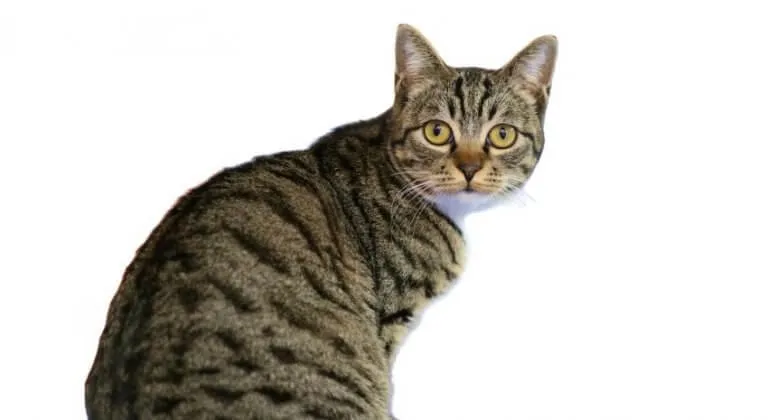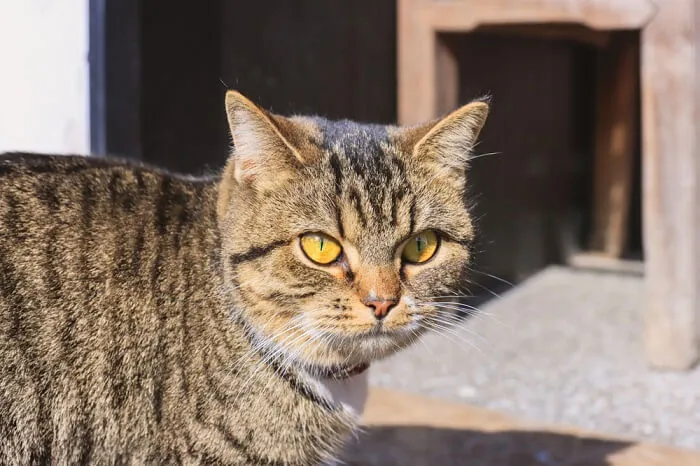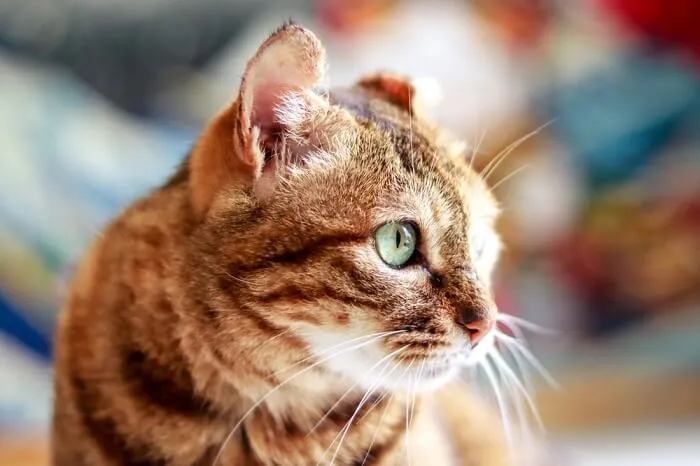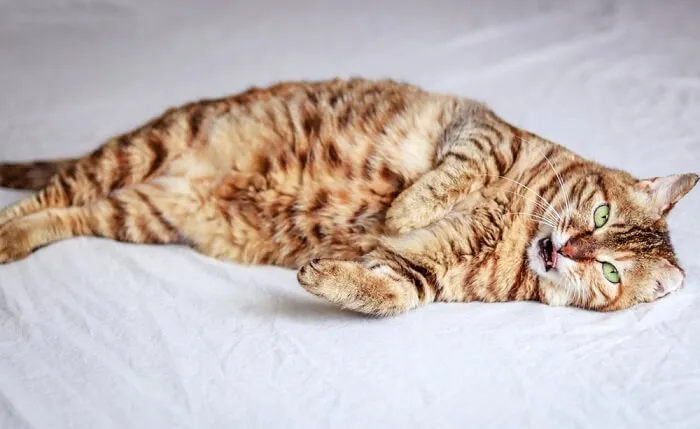The Dragon Li Cat, also known as the Chinese Li Hua or Li Hua Mao, captivates cat enthusiasts with its wild, ancient allure straight from China. This natural breed boasts a distinctive tabby coat and fox-like features that echo its wild ancestors, making it a favorite for those seeking an intelligent, active companion. If you’re researching Dragon Li cat breeds, this guide covers everything from temperament and care needs to history and health, helping you decide if this vigilant feline fits your lifestyle.
Overview of the Dragon Li Cat
Dragon Li cats originate from China and are medium-sized short-haired felines weighing 9-12 pounds as adults, standing 12-14 inches tall. They typically live 12-15 years, displaying a clever, active, vigilant, and friendly temperament. Priced between $400-$1,000, they score high in intelligence (100%), playfulness (80%), and affection (70%), but moderate in pet-friendliness (50%), kid-friendliness (60%), and grooming needs (10%).
These cats thrive in spacious environments rather than cramped apartments, preferring access to outdoor spaces like catios or leash walks. Their independence suits experienced owners who can provide mental stimulation and room to roam.
 Dragon Li cat showcasing its golden-brown tabby coat and alert expression
Dragon Li cat showcasing its golden-brown tabby coat and alert expression
Personality and Temperament
Dragon Li cats inherit a wild edge from ancestors like the Chinese Mountain cat (Felis bieti), blending independence with loyalty. Highly intelligent and playful, they excel at hunting and fetching—some even retrieve newspapers! While not lap cats, they form strong family bonds and can coexist with dogs or other pets after proper introductions.
These felines dislike confinement, becoming anxious without space to explore. They demand interactive play, such as laser chases or wand toys, and appreciate vantage points like cat trees for surveying their territory. Owners report Dragon Li cats as vigilant watchdogs, alerting to strangers with minimal vocalization (50% vocality rating).
For best results, start leash training early to safely indulge their love for the outdoors. According to Cat Fanciers’ Association (CFA) standards, their sociability (60%) shines in active households, but they need alone time to avoid stress.
 Close-up of a Dragon Li cat displaying its foxy face and ticked coat pattern
Close-up of a Dragon Li cat displaying its foxy face and ticked coat pattern
Care Essentials for Dragon Li Cats
Proper care ensures your Dragon Li cat remains healthy and happy, matching its high activity level (70%).
Nutrition
Feed a high-protein diet suited to their big appetites and hunter instincts. Opt for quality kibble or wet food with real meat as the first ingredient, avoiding fillers. Kittens need frequent meals transitioning to adult portions by six months; monitor weight to prevent obesity in less active seniors. Veterinary nutritionists recommend brands meeting AAFCO standards for all life stages.
Grooming
Short, thick coats with ticking require minimal upkeep—brush weekly to reduce shedding and hairballs. Trim nails biweekly from kittenhood and introduce toothbrushing with feline toothpaste. Baths are rare unless soiled from outdoor adventures.
Exercise
Dragon Li cats self-motivate with play, but provide climbing towers, scratching posts, and puzzle toys for mental enrichment. Daily sessions of 15-30 minutes mimic hunting, preventing boredom-induced mischief.
Health
Generally robust, Dragon Li cats may face hip dysplasia. Annual vet checkups, vaccinations, and spaying/neutering are crucial. Screen for genetic issues via reputable breeders, as per CFA guidelines.
 Dragon Li cat engaged in play, highlighting its active and agile nature
Dragon Li cat engaged in play, highlighting its active and agile nature
History of the Dragon Li Cat
Tracing back to the Xiang Dynasty over 1,000 years ago, Dragon Li cats descend directly from wild Chinese Mountain cats. Revered in folklore as “Fox Flower Cats” for their spotted tabby patterns, they were natural mousers in rural China.
The breed gained modern recognition in 2004 at the Chinese Cat Aficionado Association show and entered CFA’s registry in 2010. Today, pedigreed Dragon Li cats remain rare outside China, sparking global interest among breed enthusiasts.
 Historical depiction of Dragon Li cat with traditional Chinese motifs
Historical depiction of Dragon Li cat with traditional Chinese motifs
Breed Standard and Physical Traits
The Dragon Li cat features a cobby, rounded body up to 15 pounds maximum, with a broad chest and diamond-shaped head marked by an “M” on the forehead and lip spots. Ears are proportionate with black tips, eyes almond-shaped in green, gold, or brown. Legs are strong, paws rounded, and tail medium with a taper.
Their short, dense coat is golden-brown mackerel tabby with ticking—darkest at tips—lighter on the belly. No other colors qualify under CFA standards.
 Dragon Li cat perched observantly, exemplifying its wild appearance and strong build
Dragon Li cat perched observantly, exemplifying its wild appearance and strong build
Where to Find a Dragon Li Kitten
Adopt first—check shelters via Petfinder for Dragon Li lookalikes, as purebreds are scarce. For breeders, seek CFA-registered ones emphasizing health testing. Avoid impulse buys; research ensures ethical sourcing.
Frequently Asked Questions
How much does a Dragon Li cat cost?
Typically $400-$1,000 from reputable breeders.
How big do Dragon Li cats get?
9-12 pounds, 12-14 inches tall.
How long do Dragon Li cats live?
12-15 years with proper care.
Do Dragon Li cats shed a lot?
Minimal shedding due to short hair.
In summary, the Dragon Li cat offers unmatched intelligence, playfulness, and wild charm for active owners providing ample space and stimulation. Consult a veterinarian for personalized advice and explore adoption to give one a forever home. Discover more cat breed guides for your perfect match!
References:
- Cat Fanciers’ Association (CFA): Breed Standards
- Cats.com: Dragon Li Profile
- American Animal Hospital Association (AAHA): Feline Nutrition Guidelines
